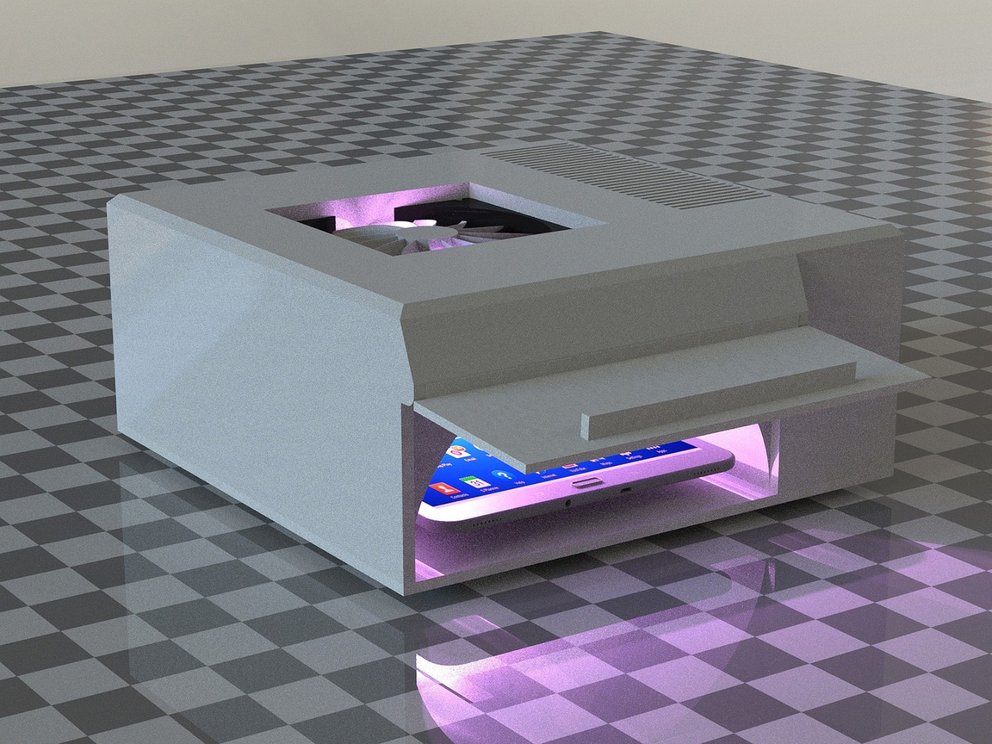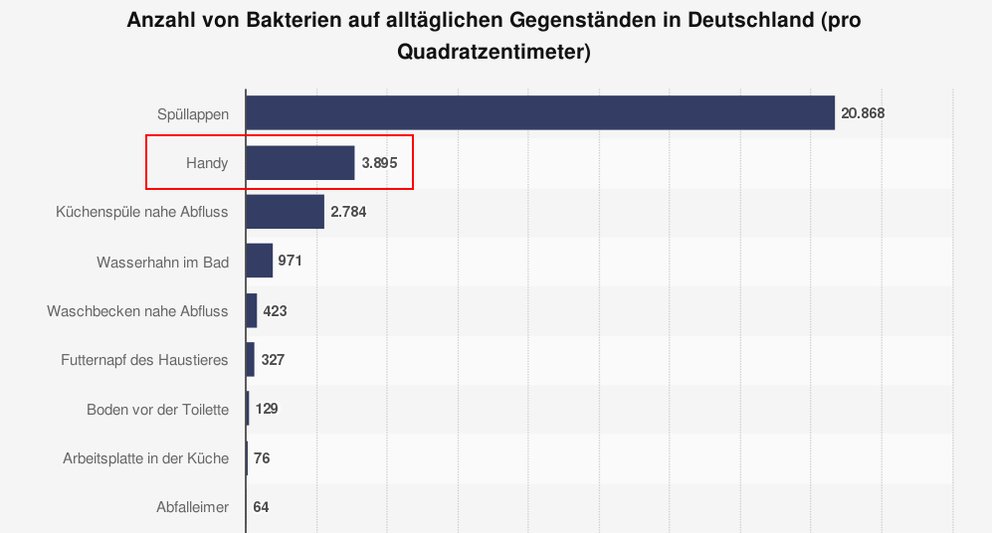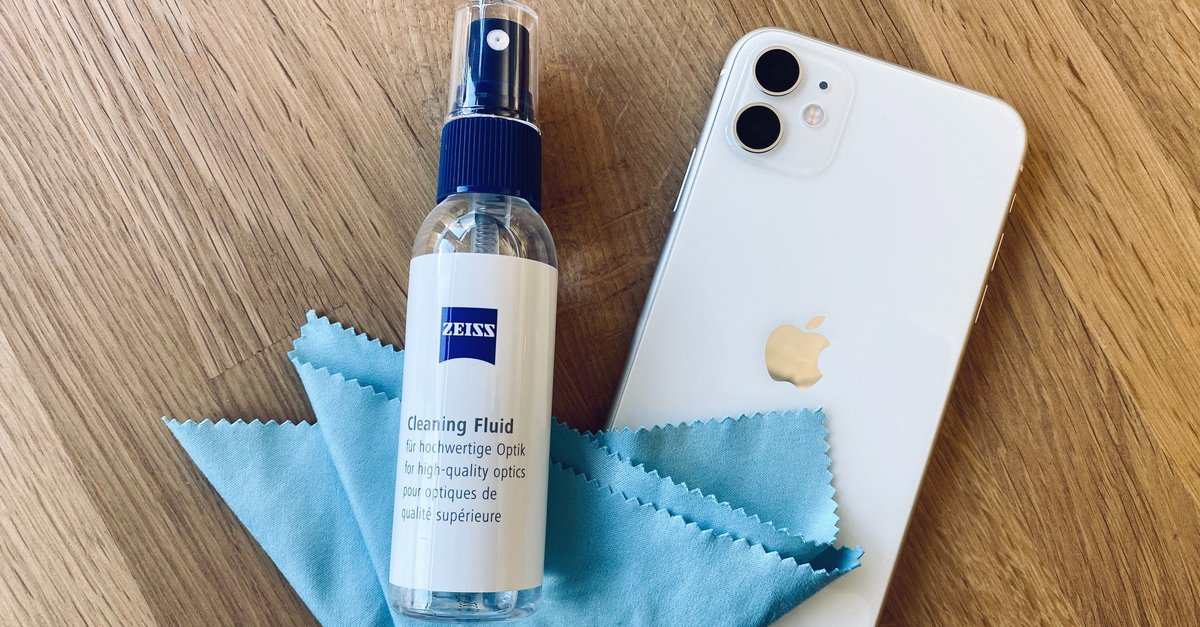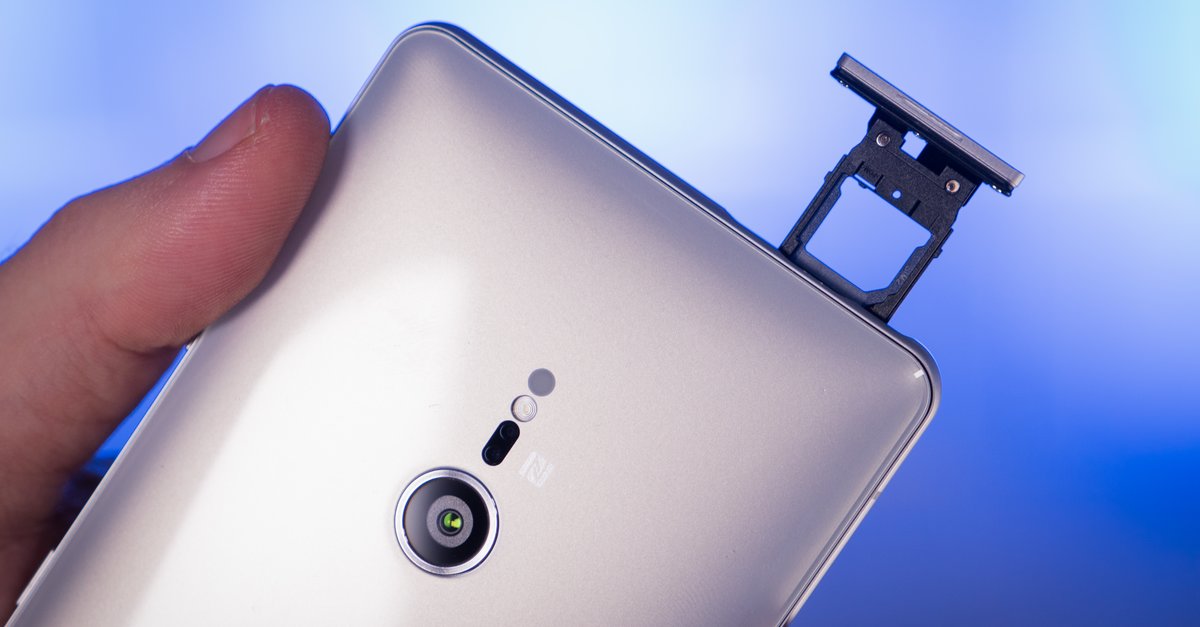This is how smartphones are hygienically clean
Regardless of colds and the corona pandemic, the following applies: the cell phone should be cleaned properly on a regular basis. GIGA shows you how you can clean and disinfect smartphones without damaging them.
Contents
- 1 Coronavirus and cell phones: which means are suitable for disinfecting?
- 2 Cell phone hygiene: Tips from the accessory provider
- 3 Cell phone disinfection with UV light instead of chemistry: The Fraunhofer Institute is researching this
- 4 Clean your mobile phone normally: which cloth, which cleaning agent?
- 5 Glass cleaner or washing-up liquid: can you use it to clean cell phones?
- 6 Cleaning your mobile phone: 3 steps to a clean smartphone
- 7 Clean cell phone sockets and speaker openings properly
- 8 Mobile phone disinfection: hygiene starts with the smartphone
Apple has its IPhone cleaning information page Updated in the course of the ongoing coronavirus spread. Now you can find specific information here as to which cleaning agents are suitable for disinfecting iPhones:
You can carefully wipe the outer surfaces of your iPhone with a cloth with 70 percent isopropyl alcohol (isopropanol 70% by volume) or Clorox disinfectant wipes. Don’t use bleach. Avoid getting moisture into any opening or submerging your iPhone in detergent.
According to the Robert Koch Institute is Isopropanol 70% by volume for hand disinfection classified as “limited virucidal” with an exposure time of 30 seconds. “Limited virucidal” means “effective against enveloped viruses”. The Coronoavirus (SARS-CoV-2) belongs to the enveloped viruses (see Deutsche Apothekerzeitung).
Looking for a surface cleaning agent that works against the coronavirus and is also classified by the manufacturer as “suitable for cleaning smartphones”, I came across the “Sterillium Protect & Care” product range. These products work according to the manufacturer Hartmann “Against bacteria, yeasts, enveloped viruses as well as norovirus and rotavirus “and are used for” the quick disinfection of sensitive and vertical surfaces, e.g. B. PCs, smartphones and touchscreens ”are suitable. Important: onset of action no earlier than 30 seconds up to 5 minutes (norovirus). The “Sterillium Protect & Care” product range is currently sold out occasionally.
the Southgerman newspaper has meanwhile published an article that classifies the disinfection of smartphones with chemical agents as not urgently necessary. According to the Medical Director of the German Advice Center for Hygiene (BZH) quoted therein, it is more important “to wash your hands regularly and thoroughly.”
Cell phone hygiene: Tips from the accessory provider
The accessories manufacturer Zagg provides two simple pieces of advice in the course of the coronavirus spread, which GIGA also endorses:
- Clean your smartphone twice daily.
- Through the Use of bluetooth headphones or headsets the risk of spreading is also minimized, as the smartphone is not constantly pressed to your cheek when making a call.
Cell phone disinfection with UV light instead of chemistry: The Fraunhofer Institute is researching this
It looks something like a microwave and does not use chemical agents: The researchers at Applied Systems Technology (AST) at the Fraunhofer Institute for Optronics, System Technology and Image Exploitation (IOSB) have developed a machine that removes bacteria and viruses such as “SARS-CoV-2” from cell phones by irradiating them with UVC light. The disinfection should be carried out in “just a few seconds”. According to the scientists, the areas of application for the device range “from clinical areas to private and commercial use to the event market”.

At Amazon you can already find UV disinfection devices for cell phones (“UV cell phone sterilizers”) that promise a disinfection effect according to the principle described. So far, however, there is a lack of evidence of the effectiveness of independent tests. The price is temptingly low at under 30 euros:
Clean your mobile phone normally: which cloth, which cleaning agent?
The most important rule first: No aggressive cleaning agents and no abrasives! These endanger the grease-repellent display coating of modern smartphones. The ingredients contained in abrasives (e.g. quartz powder) can even scratch the screen forever. If you want to be on the safe side, only use a moistened with water (not wet!) lint-free cloth, e.g. B. a lens cloth. This cleaning method is about from the iPhone manufacturer Apple recommended.
Grease stains and fingerprints are not easily removed without cleaning agents. It becomes easier with help suitable cleaning agent. I recommend paying attention to the manufacturer’s description: Is the product expressly suitable for cleaning smartphones? If this cannot be clearly determined, it is better to use a different cleaner.
I’ve had good experiences with the expensive ones, however high quality cleaning products made by the German lens manufacturer Zeiss. This is available as a comprehensive one Complete set, including a practical air blower to remove dust:
They are suitable for quick cleaning in between Smartphone cleaning wipes:
Glass cleaner or washing-up liquid: can you use it to clean cell phones?
It is generally not advisable to use conventional household glass cleaners and detergents. The danger is too great that it contains ingredients that could damage the mobile phone (especially the anti-grease coating on the display).
Some smartphone users swear by it and use the comparatively inexpensive Sidolin multi-surface cleaner to clean the smartphone display. According to the manufacturer, this product is suitable for cleaning “screen surfaces” – but there is no talk of smartphones in particular. So this tip should at your own risk to be tried out. I have cleaned an iPhone 8 several times in the past and could not find any negative effect.
Cleaning your mobile phone: 3 steps to a clean smartphone
The display and the back of a smartphone are best cleaned the same way you clean glasses. Before the actual cleaning, you should make sure that there are no coarse grains of dust or even grains of sand on the mobile phone. Also important: that Switch off your mobile phone before cleaning and the Disconnect the charging cable.
Our recommendation:
- Slightly moisten a clean microfiber cloth with a suitable cleaning agent or water (do not spray directly on the mobile phone!).
- Wipe the cell phone completely with the damp area of the cloth. This can lead to the formation of streaks – this is the loosened greasy dirt.
- Take a dry spot or a second, dry microfiber cloth and remove the loosened dirt with circular wiping movements until no more streaks can be seen.
This is also the way to get the camera lenses clean. In the end it helps Visual inspection with the naked eye: hold the mobile phone at different angles towards the light and move it slowly. Only when spots or streaks can no longer be seen from any position is the surface (or the camera module) really clean. Even a slight haze on the lens can be noticeable in cell phone photos through blurry images.
Clean cell phone sockets and speaker openings properly
The places where the cell phone is “open” are a particular challenge. This includes the jack socket for headphones, the openings for the speakers and the connection for charging (Micro-USB, USB-C or Lightning). A tough and difficult to remove dirt made of dust and sebum that cannot be removed with the surface cleaning described above collects here over the course of months. These points have to be approached separately and with suitable “tools”.
A dry, soft brush is suitable. Also (slightly moistened with water) cotton swab and toothpick can be used to clean hard-to-reach areas on a mobile phone. Specially shaped cleaning tools can also be found on Amazon.
But: This should only be done with the greatest of caution, otherwise damage will be caused. Many small movements without pressure are better than single, hectic pushes. With cotton swabs, make sure that no fibers loosen and get caught on contacts or speaker grilles. I also strongly advise against using metal objects such as knives, tweezers or needles.
Mobile phone disinfection: hygiene starts with the smartphone
Many cell phone users are not aware that they touch a nucleus with their hands several times a day. On cell phones are on average clear to find more bacteria than on a toilet seat, for example. There is no need to panic – but it is definitely an occasion to keep your own smartphone clean. To Information from TÜV Rheinland cleans only every fourth German his cell phone thoroughly on a regular basis. Every eighth clean
never even his cell phone.

“Cell phones, especially smartphones, should be cleaned and cared for regularly. It’s not just a question of aesthetics. Cell phones can transmit germs, and especially now in the cold season, regular cleaning of displays and keyboards makes sense “, says Bitkom expert Bernd Klusmann. Dr. Wiete Schramm (doctor at TÜV Rheinland) recommendsTo clean smartphones and tablets regularly. “There is an increased risk of infection (…) for people with a weak immune system or with waves of colds. (…) If you use a cell phone or tablet while eating, tiny food scraps can remain, which then serve as a perfect breeding ground for further germs. “
The display cleaner from “Ag +”, with a silver-surfactant combination against germs, has been well rated by Amazon customers:
Nice that easy cleaning of the surface with a microfiber cloth reduces the risk – Microbiologists at the University of Furtwangen found that the germs can be reduced by up to 80 percent in this way. So: A freshly cleaned cell phone not only looks better, it is also beneficial from a hygienic point of view.










